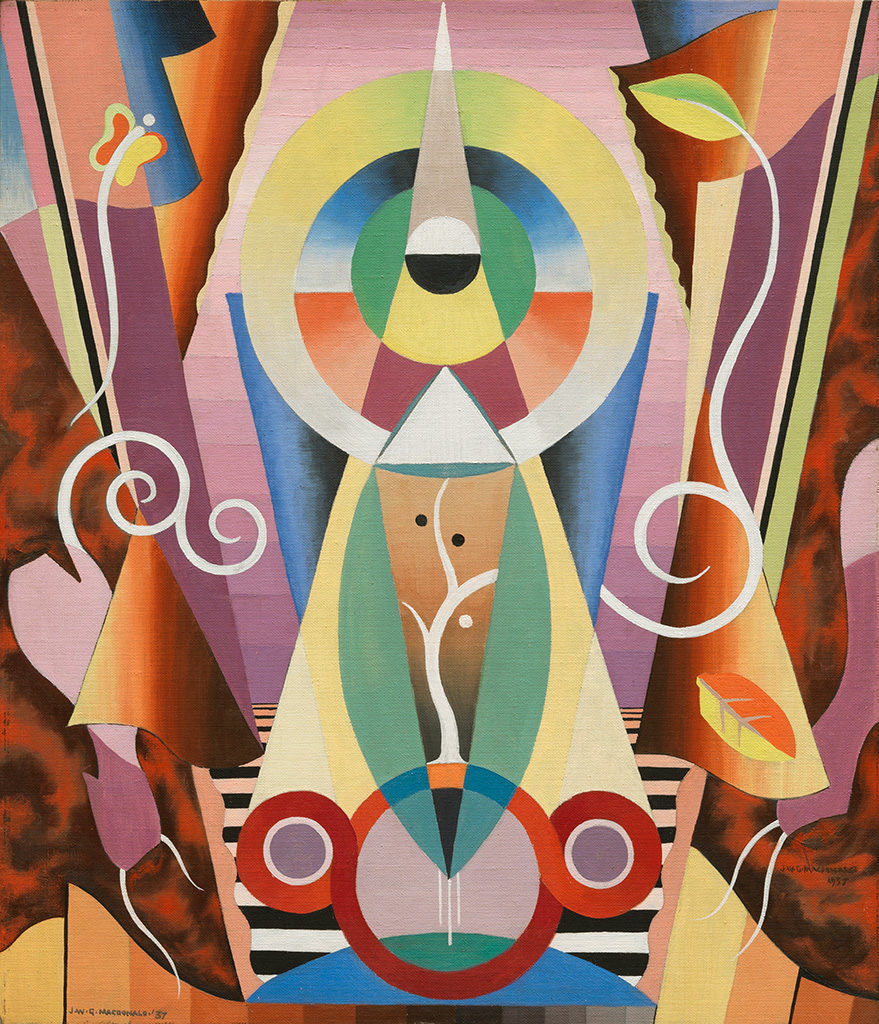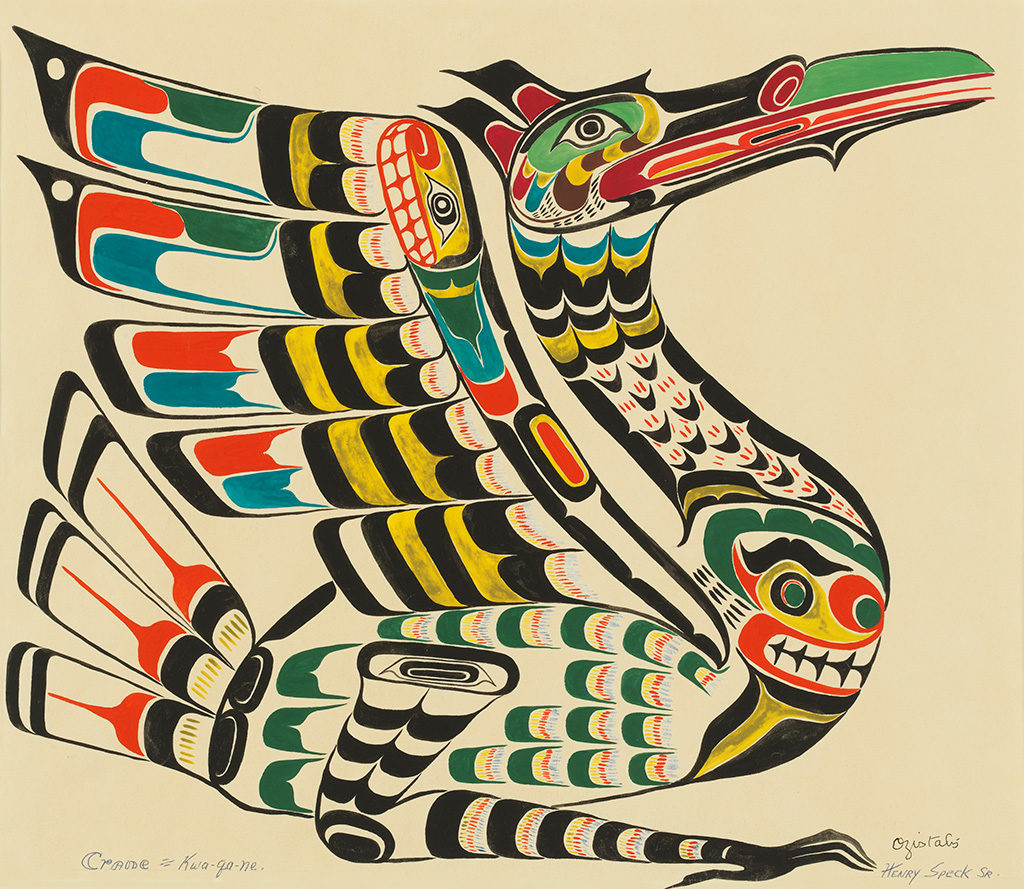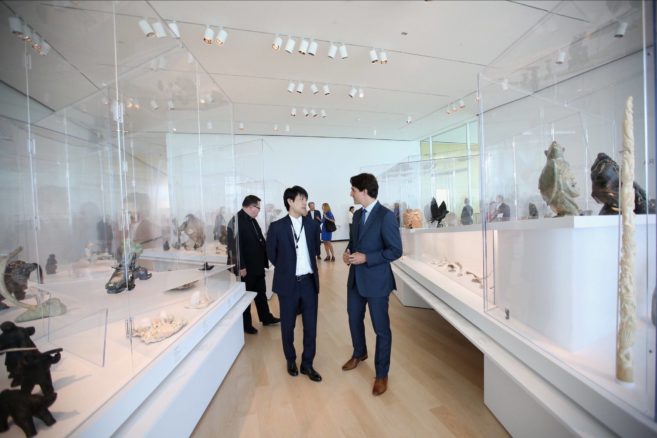Lawren Harris. B.C. Binning. Gordon Smith. And yes, Emily Carr. These are some of the artists curator Ian Thom has studied, acquired, admired and exhibited over the course of 30 years and more than 80 exhibitions at the Vancouver Art Gallery. Now, as the final exhibition of his career there—appropriately titled “A Curator’s View: Ian Thom Selects”—readies for opening on September 22, Thom takes time to discuss unsung Vancouver-art narratives, Canada’s long-time art-inferiority complex, a landmark legal ruling, the rise of curatorial studies programs, and the challenges of collecting.
Leah Sandals: The description for “A Curator Selects” states that exhibition interrogates personal meaning and larger institutional importance of works on view. How is this so?
Ian Thom: Well, the exhibition includes a lot of works that I was responsible for putting into the Vancouver Art Gallery collection, and obviously one of the reasons why you, as a curator, would choose to put things into a collection is because you feel that, in your professional judgment, they have relevance to the community.
When I came to the Vancouver Art Gallery as senior curator in 1988, the gallery had two John Vanderpant photos which I had also been responsible for putting in gallery’s collection in the 1970s, when I’d worked there previously. Then, we acquired a very large group of his vintage photographs, original prints; we went from having no serious representation of his work to probably the most important representation of his work in public hands.
Vanderpant also ran a gallery on Robson Street, where he had a studio and showed other people’s works. And when Fred Varley came to BC in 1926, they met and became friends, and Vanderpant bought one of the Varley works which is now in Thomson Collection at the AGO—Immigrants (1922). That painting is in the background of many Vanderpant photos. And Varley returned the favour and painted a portrait of Vanderpant which we bought a few years ago for the Vancouver Art Gallery.
LS: It seems like you’ve done a lot of work in your career surfacing important but little-known stories like that, stories about Vancouver and BC art. Will those narratives and details be explained in texts or other materials in this exhibition?
IT: Some of the works have extended labels, and there will be an audio guide. A lot of the works are in the exhibition for a variety of different reasons. One of the works in the show—that I had nothing to do putting into the collection—is a piece by George Segal that I saw at the Vancouver Art Gallery in 1969. The were part of an exhibition then called “New York 13,” organized by Doris Shadbolt. The Segal was one of those pieces that riveted me on the spot, and the gallery collected it out of that exhibition. I wanted to show that work in “A Curator Selects” because it made a great mark on my own life, and it is certainly a very important piece of American sculpture in the collection.

 Emily Carr, Tree Study, c. 1930. Oil on paper. Collection of the Vancouver Art Gallery, Acquisition
Fund, VAG 91.3. Photo: Rachel Topham, Vancouver Art Gallery.
Emily Carr, Tree Study, c. 1930. Oil on paper. Collection of the Vancouver Art Gallery, Acquisition
Fund, VAG 91.3. Photo: Rachel Topham, Vancouver Art Gallery.








